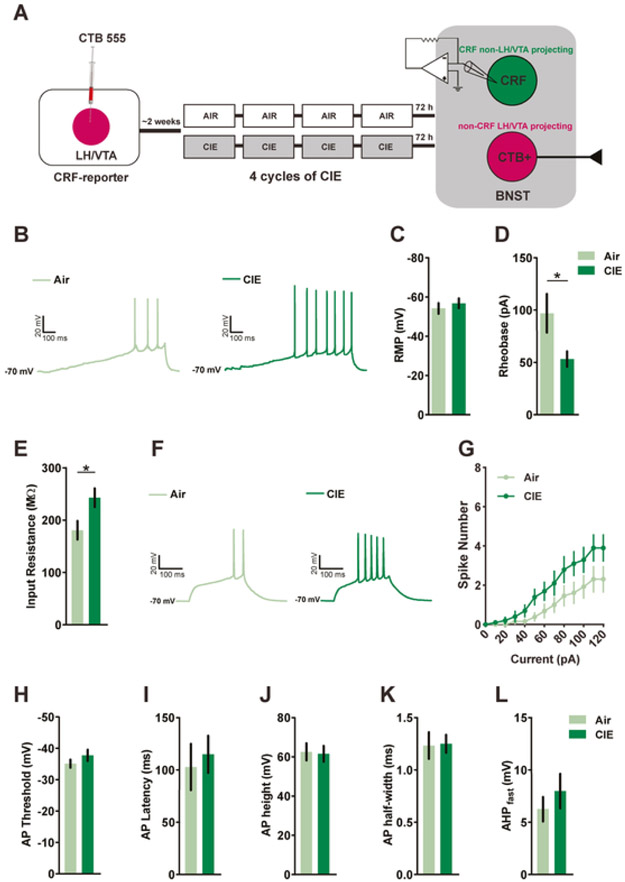Figure 1. Withdrawal from CIE increases excitability of CRFnon-VTA/LH neurons.
A) Experimental timeline for whole-cell recordings from CRFnon-VTA/LH neurons (total of 6 mice in each group) following exposure to 4 cycles of CIE. B) Representative data obtained from CRFnon-VTA/LH neurons in Air and CIE mice in response to a 120 pA/s current ramp while injecting a constant current to hold the cells at −70 mV. The minimum current required to fire an action potential (rheobase) was reduced in CIE mice (n=10 cells) when compared to the Air group (D; n=13 cells) without any changes (C) in the resting membrane potential (RMP; n= 12 cells and n= 8 cells from Air and CIE groups, respectively). E) There was a significant decrease in the membrane resistance of CRFnon-VTA/LH neurons following CIE (n= 13 cells in Air and n= 10 cells in CIE). F) Representative traces of a CRFnon-VTA/LH neuron in Air and CIE group, respectively, firing action potentials in response to a step protocol of increased current steps of 10 pA/250 ms. G) There was a significant interaction between the number of spikes in response to a graded current injection and chronic exposure to ethanol (n= 13 cells in Air and n= 10 cells in CIE). H) There was no change in action potential threshold between the two groups. Chronic ethanol did not alter action potential kinetics as measured by latency, average action potential height, action potential half-width (I-K; n= 9 cells in Air; n= 10 in CIE from 6 mice in each group), and fast after hyperpolarization potential (L; Air= 8 cells and CIE=9 cells 6 mice in each group). Data expressed as Mean ± SEM.*p<0.05.

